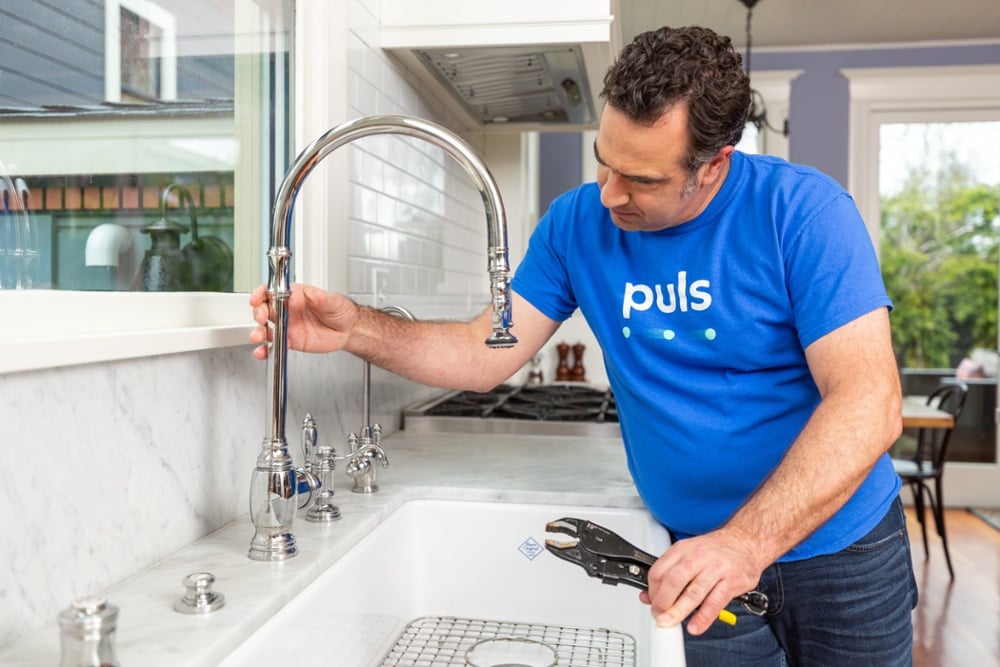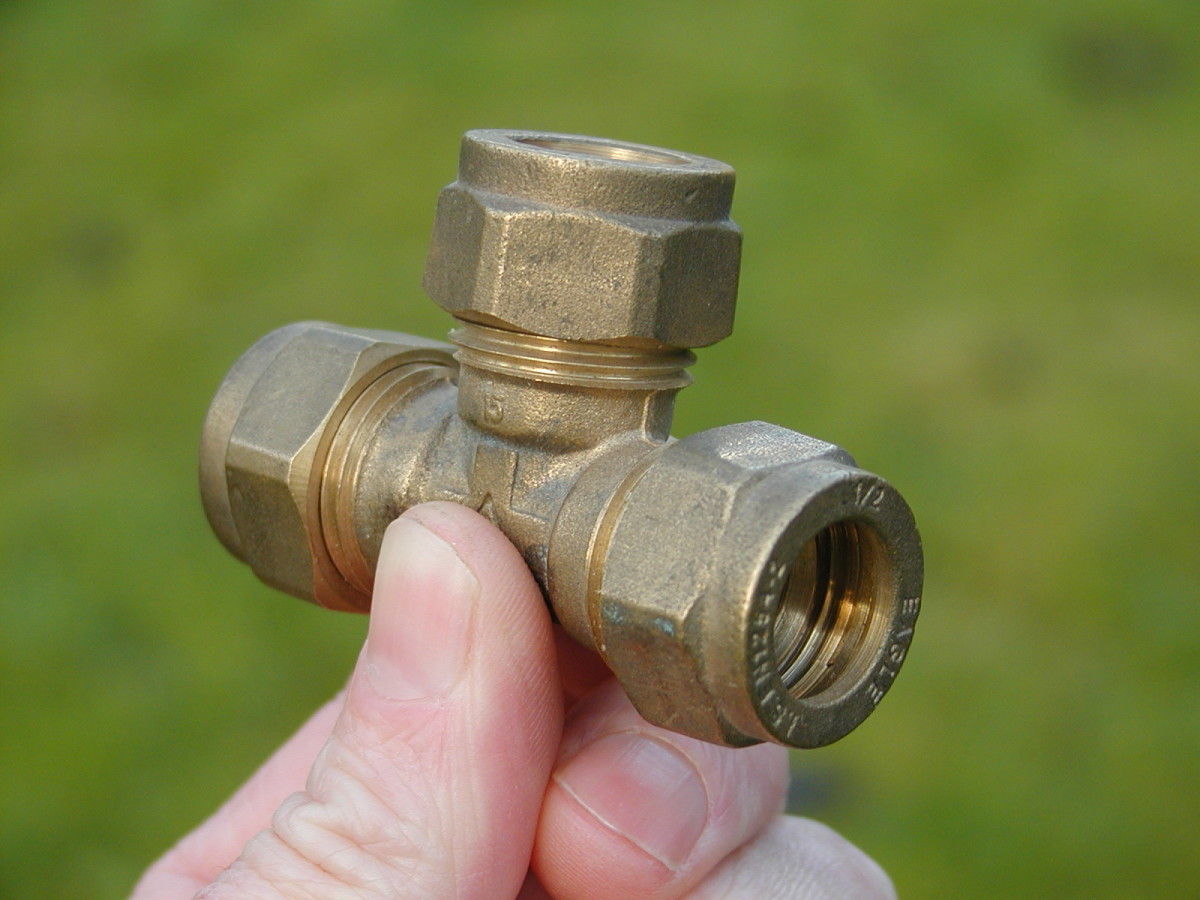Navigating Challenging Appliance Problems: Just How Plumbers Can Save the Day
Navigating Challenging Appliance Problems: Just How Plumbers Can Save the Day
Blog Article
Each person is bound to have their personal rationale on the subject of Diagnose Unwanted Plumbing Noises.

To detect noisy plumbing, it is important to determine very first whether the unwanted noises occur on the system's inlet side-in various other words, when water is turned on-or on the drainpipe side. Noises on the inlet side have actually varied reasons: excessive water stress, used valve and also faucet components, incorrectly attached pumps or other devices, incorrectly positioned pipe bolts, and plumbing runs consisting of too many limited bends or various other limitations. Sounds on the drain side normally stem from poor area or, as with some inlet side sound, a layout consisting of limited bends.
Hissing
Hissing noise that occurs when a tap is opened slightly typically signals too much water pressure. Consult your neighborhood water company if you believe this problem; it will certainly be able to inform you the water pressure in your location and can set up a pressurereducing shutoff on the incoming water pipe if needed.
Other Inlet Side Noises
Squeaking, squealing, scratching, breaking, and touching usually are triggered by the development or contraction of pipelines, typically copper ones providing hot water. The sounds happen as the pipelines slide against loosened fasteners or strike close-by residence framing. You can usually pinpoint the place of the trouble if the pipes are subjected; simply follow the noise when the pipelines are making sounds. Most likely you will certainly find a loosened pipeline hanger or an area where pipelines exist so close to floor joists or various other mounting pieces that they clatter against them. Affixing foam pipeline insulation around the pipelines at the point of call must correct the trouble. Make certain bands as well as hangers are protected as well as offer sufficient assistance. Where possible, pipe bolts must be connected to huge architectural components such as structure walls instead of to mounting; doing so minimizes the transmission of vibrations from plumbing to surfaces that can magnify and also transfer them. If attaching bolts to framework is unavoidable, wrap pipes with insulation or various other resistant material where they get in touch with fasteners, and also sandwich the ends of brand-new bolts between rubber washers when installing them.
Dealing with plumbing runs that deal with flow-restricting tight or countless bends is a last resort that ought to be embarked on only after getting in touch with an experienced plumbing professional. Sadly, this situation is fairly common in older houses that may not have actually been constructed with interior plumbing or that have actually seen a number of remodels, especially by novices.
Chattering or Screeching
Extreme chattering or shrilling that takes place when a valve or faucet is turned on, and that generally goes away when the installation is opened completely, signals loose or malfunctioning interior parts. The service is to replace the shutoff or tap with a new one.
Pumps and devices such as cleaning makers as well as dishwashers can move motor sound to pipelines if they are incorrectly connected. Connect such products to plumbing with plastic or rubber hoses-never inflexible pipe-to isolate them.
Drain Noise
On the drain side of plumbing, the principal objectives are to eliminate surface areas that can be struck by dropping or rushing water and also to protect pipes to have unavoidable sounds.
In brand-new building, bath tubs, shower stalls, bathrooms, and wallmounted sinks and also basins need to be set on or against resistant underlayments to minimize the transmission of sound via them. Water-saving toilets as well as taps are less loud than conventional versions; install them as opposed to older kinds even if codes in your area still allow using older fixtures.
Drains that do not run vertically to the basement or that branch right into horizontal pipe runs sustained at floor joists or various other mounting present specifically troublesome sound problems. Such pipelines are huge enough to radiate substantial vibration; they likewise carry significant amounts of water, which makes the scenario worse. In brand-new construction, specify cast-iron dirt pipelines (the huge pipes that drain commodes) if you can afford them. Their enormity has a lot of the noise made by water travelling through them. Additionally, prevent transmitting drains in walls shown to bedrooms as well as areas where people gather. Wall surfaces consisting of drains should be soundproofed as was explained previously, using double panels of sound-insulating fiber board and also wallboard. Pipelines themselves can be covered with unique fiberglass insulation made for the function; such pipelines have a resistant vinyl skin (often consisting of lead). Outcomes are not constantly satisfactory.
Thudding
Thudding noise, frequently accompanied by shuddering pipes, when a faucet or home appliance shutoff is switched off is a problem called water hammer. The noise as well as vibration are triggered by the reverberating wave of pressure in the water, which suddenly has no area to go. Occasionally opening up a valve that discharges water quickly into a section of piping having a constraint, joint, or tee installation can generate the very same condition.
Water hammer can normally be treated by installing fittings called air chambers or shock absorbers in the plumbing to which the problem shutoffs or taps are linked. These gadgets permit the shock wave created by the halted flow of water to dissipate airborne they consist of, which (unlike water) is compressible.
Older plumbing systems might have short vertical sections of capped pipeline behind wall surfaces on tap runs for the exact same purpose; these can at some point full of water, lowering or destroying their effectiveness. The cure is to drain pipes the water supply entirely by turning off the primary supply of water valve and also opening up all faucets. After that open the major supply shutoff as well as close the faucets individually, beginning with the tap nearest the valve and also finishing with the one farthest away.
WHY IS MY PLUMBING MAKING SO MUCH NOISE?
This noise indeed sounds like someone is banging a hammer against your pipes! It happens when a faucet is opened, allowed to run for a bit, then quickly shut — causing the rushing water to slam against the shut-off valve.
To remedy this, you’ll need to check and refill your air chamber. Air chambers are filled with — you guessed it — air and help absorb the shock of moving water (that comes to a sudden stop). Over time, these chambers can fill with water, making them less effective.
You’ll want to turn off your home’s water supply, then open ALL faucets (from the bathroom sink to outdoor hose bib) to drain your pipes. Then, turn the water back on and hopefully the noise stops! If you’re still hearing the sound, give us a call to examine further.
Whistles
Whistling sounds can be frustrating, as sometimes the source isn’t easily identified. However, if you can pinpoint which faucet or valve that may be the cause, you’ll likely encounter a worn gasket or washer — an easy fix if you replace the worn parts!Whistling sounds from elsewhere can mean a number of things — from high water pressure to mineral deposits. Your best plan of attack here is to give our plumbing experts a call. We’ll be able to determine where the noise is coming from and what the cause may be, then recommend an effective fix!
Cracks or Ticks
Cracking or ticking typically comes from hot water going through cold, copper pipes. This causes the copper to expand resulting in a cracking or ticking sound. Once the pipes stop expanding, the noise should stop as well.
Pro tip: you may want to lower the temperature of your water heater to see if that helps lessen the sound, or wrapping the pipe in insulation can also help muffle the noise.
Bangs
Bangs typically come from water pressure that’s too high. To test for high water pressure, get a pressure gauge and attach it to your faucet. Water pressure should be no higher than 80 psi (pounds per square inch) and also no lower than 40 psi. If you find a number greater than 80 psi, then you’ve found your problem!
Next step is to give us a call in order to install a pressure regulator. Trust us, you don’t want to wait to resolve this issue. Not only is the sound annoying, but high water pressure can be destructive to your home — including damaging certain appliances, like your washer and dishwasher.
Dripping
You might be accustom to the slow quiet drip your kitchen faucet makes. You might have even tuned out your bathroom sink dripping and drabbing all day long — but it’s time to find its cause.
A slow drip could signify a variety of easy to fix issues, such as a worn out O ring, or loose part. And by ignoring the drip, you could be wasting up to 2,000 gallons of water a year! So start conserving water — get it looked at ASAP.
https://www.pwessig.com/blog/2018/december/why-is-my-plumbing-making-so-much-noise-/

I'm certainly very curious about Why Do My Pipes Make Noises and I'm hoping you liked my article. If you please take the opportunity to distribute this post if you liked it. I praise you for your time. Please check our website back soon.
Request Service Report this page